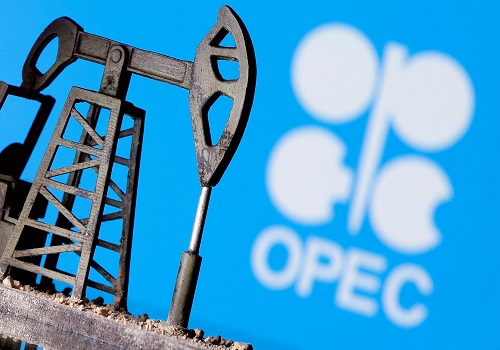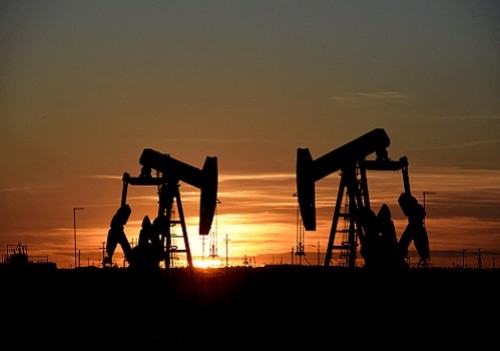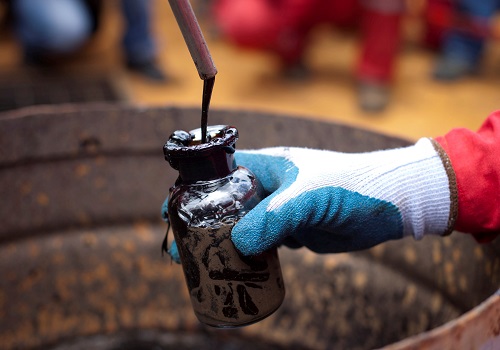Oil price set to test fresh peaks barring Iran breakthrough
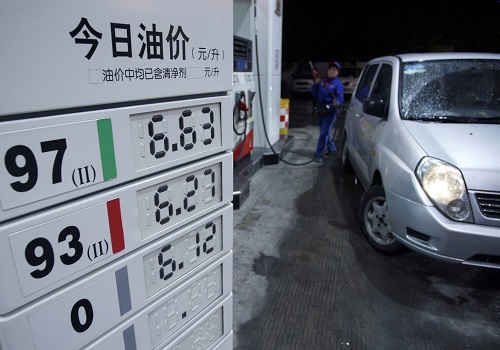
Follow us Now on Telegram ! Get daily 10 - 12 important updates on Business, Finance and Investment. Join our Telegram Channel
LONDON - Efforts by governments to drive an economic rebound are likely to add strain to tight oil supplies and could send prices to fresh peaks, unless international talks end sanctions on Tehran and lead to a surge in Iranian exports.
Nervousness of possible disruption of exports from major oil producer Russia as it masses troops on neighbouring Ukraine's border has already helped to push oil prices to their highest since 2014.
At around $95 a barrel, international crude prices are a way off the all-time peak of more than $147 hit in July 2008.
However, as in 2008, when it took only five months to soar from roughly current levels to the record, the world is seeing fast economic growth, tight supplies and a lack of spare capacity to provide a cushion against geopolitical shocks.
As the Organization of the Petroleum Exporting Countries and allies (OPEC+) gradually unwind output cuts implemented in response to the record demand fall at the height of the COVID-19 pandemic in 2020, JP Morgan predicts the producer group will continue incremental increases but underperformance by some members will drive prices.
"Supply misses are rising. Market recognition of strained capacity is also growing," the bank said. "We believe this should drive a higher risk premium ... circa $125 a barrel as early as 2Q 2022 and $150 a barrel in 2023."
Not so fast, analysts at Citi say. They point to the possible unwinding of U.S. sanctions on OPEC-member Iran as diplomats on both sides say talks are making progress.
A deal could add around half a million barrels per day (bpd) into the market by April or May and 1.3 million bpd by the year's end, which, along with a rise of around 2.8 million bpd from Canada, Brazil, Iraq, Venezuela and the United States, could push prices below $65 a barrel.
"Most market analyses of prices the year ahead have focused on a lack of surplus production capacity and have ignored the likelihood of a return of Iranian oil to markets", Citi said.
Research consultancy Energy Aspects offered a more bullish view, saying the lifting of sanctions should not drive prices below $80 this year.
Central to a more cautious outlook is the possibility that a price rise will lead to more production of the shale oil lying under the southern United States.
"Up to 2.2 million barrels per day (bpd) of U.S. tight oil could be unleashed in the event of a supercycle – with oil prices remaining around or above $100 per barrel," consultancy Rystad Energy said.
While prices may drive more production, Michael Tran commodity strategist at RBC Capital Markets did not foresee much impact on demand.
"We see upside visibility for prices to touch or flirt with $115 a barrel or higher this summer ... markets led higher by tightening product and crude inventories are difficult to solve absent a demand destruction event or a supply surge, neither of which appears to be on the horizon."




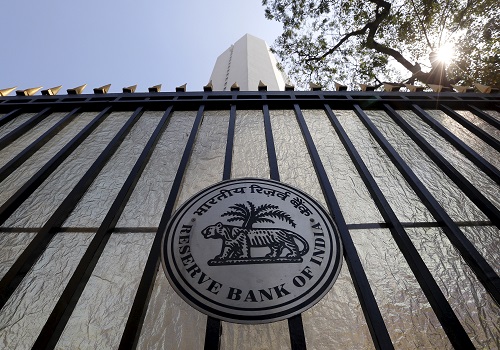







 320-x-100_uti_gold.jpg" alt="Advertisement">
320-x-100_uti_gold.jpg" alt="Advertisement">




